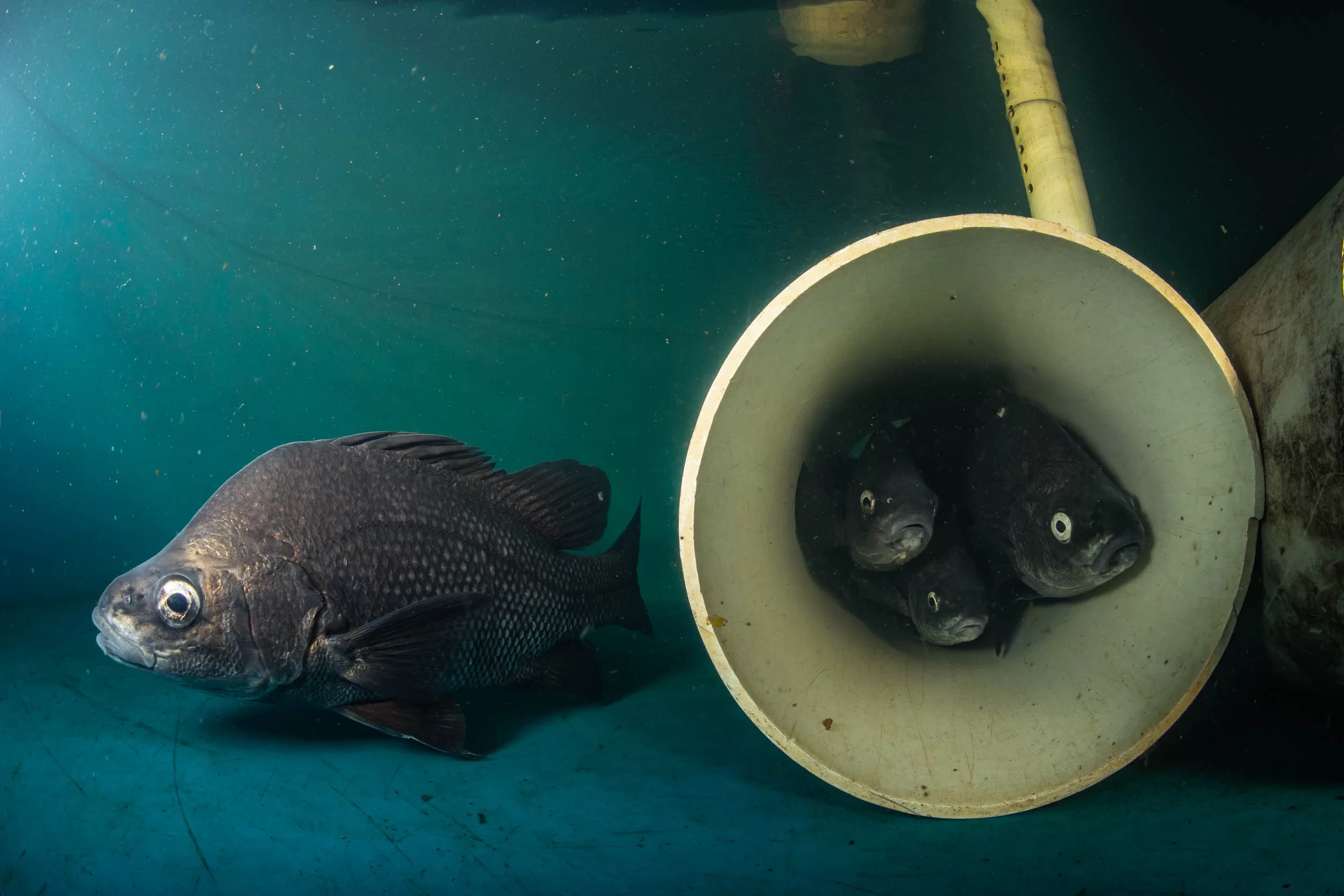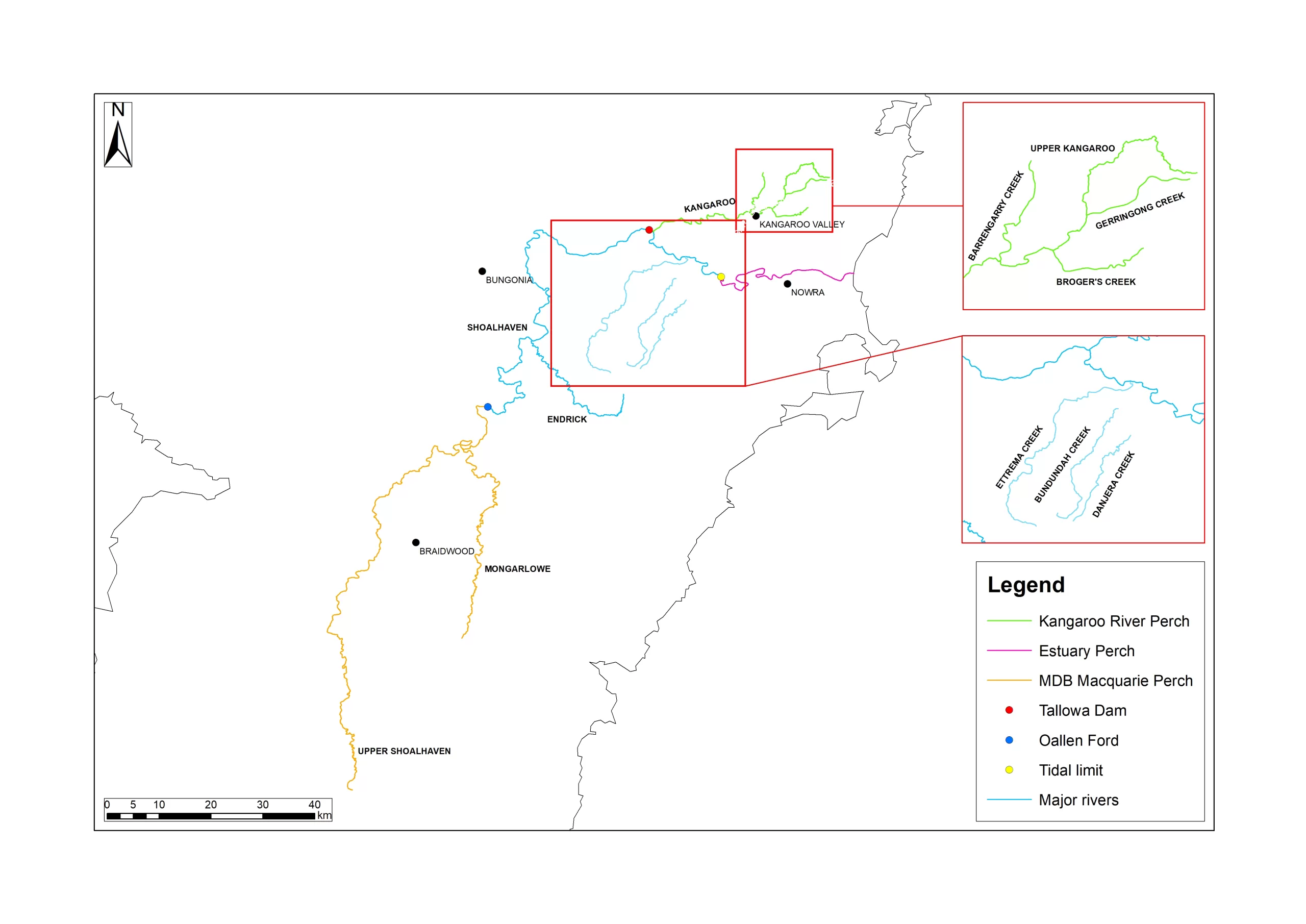The Kangaroo River Perch hasn’t been seen since 1998, is described from only one preserved specimen, and may not even exist anymore. Endemic to the Kangaroo and Shoalhaven rivers of South Eastern Australia, this fish was once a common sight and a regular catch for recreaitonal fishers.
Sometime between the late 90’s and early 00's, way before it was even considered its own species, this fish disappeared without a trace. Using the best tech available at the time, scientists combed the deep gorges and steep banks of the Kangaroo and Shoalhaven rivers in an attempt to find surviving populations of this fish, or uncover insights into its sudden dissapearence. They found nothing.
It’s possible this fish is still out there, bunkered down in some remote, deep pool that has remained untouched for years. Advances in eDNA technology provide new opportunities to search for this species, and an expert team from the NSW Department of Primary Industries (DPI) Fisheries Research, along with Local Land Services, have reignited the “Search for the Perch”.
There are three genetically distinct lineages of what is called the Macquarie Perch;
The Murray-Darling Basin
Hawkesbury-Nepean
Shoalhaven
Analysis found that differentiation among these three perch lineages supports emerging speciation. The one individual collected from the Kangaroo River (Shoalhaven lineage) prior to this lineage disappearing without a trace, was found to be highly differentiated from both the Hawkesbury-Nepean and Murray-Darling Basin lineages. Taxonomy on this fine scale is often unresolved but it’s clear the ‘Kangaroo River perch’ is likely its own, genetically distinct species.
What does it mean to lose a species before it is even officially described and accepted by our human systems?

Distribution of the Kangaroo River perch
The below map outlines the known, and potential, distribution of the Kangaroo River Perch.
Report sightings of the Kangaroo River Perch to NSW DPI Fisheries: https://www.dpi.nsw.gov.au/fishing/threatened-species/report-it

Credits, attributions, and notes on the film:
The 'Deep Time' sequence (13:33 - 14:49) was created using my own original footage, which has been stylized using a stable diffusion model. This model was trained using 38 public domain works, primarily 19th century landscape paintings and natural history paintings of fish species. I did not use additional prompts to stylize the footage.
All music composed by Alex Pike, excepting;
Evening Fall Harp by Kevin MacLeod, licensed under Creative Commons Attribution license (https://creativecommons.org/licenses/by/4.0/)
Source: http://incompetech.com/music/royalty-free/index.html?isrc=USUAN1100236
Artist: http://incompetech.com/
